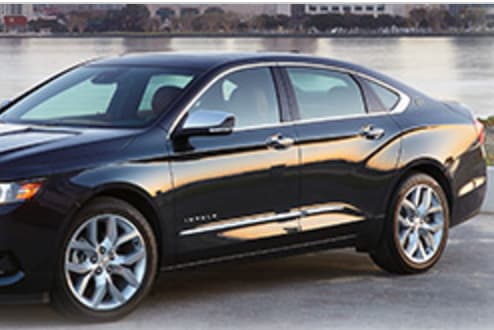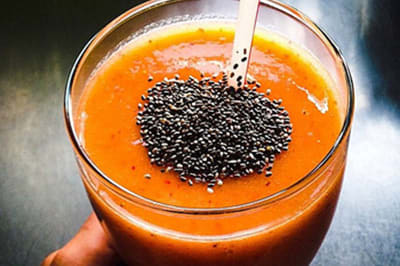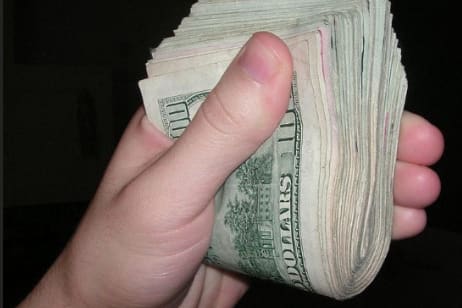NEW DELHI: Since it started operations in December 2002, Delhi
Metro has only seen growth in its network and footfall. But in 2017-18, metro saw negative growth for the first time.
Starting with 40,000 passengers a day on an average, metro’s daily
ridership grew by leaps and bounds. Between 2009-10 and 2011-12, ridership saw an increase of four lakh every fiscal. In the last five years, metro has seen an increase of about two lakh passengers using the system every day.
Last year, after the first phase of fare hike in May, the first major dip in ridership happened. The second phase of the hike from October saw an even steeper dip. Though DMRC ascribed it to various factors, including the fare hike, it’s the fare hike that appears as a major roadblock in the metro growth story.
The first dip occurred in May itself when ridership decreased by a lakh as compared to the previous month. For the next two months thereafter, the ridership figure kept on going down by a lakh. But it rose again in August and September. The average ridership of 27.6 lakh passengers in September was closer to the figure of 27.7 lakh registered in April.
But DMRC received a bigger jolt in October when the second phase of fare hike was rolled out. Its ridership fell by over three lakhs as compared to not just the month before that but also the corresponding month in 2016. There was marginal improvement in November, but then the biggest slump happened in December when ridership fell to 22.9 lakh—a four-lakh dip when compared to the corresponding period in 2016.
Ridership increased by a lakh in January and February this year. But the figure is still four lakh less than what it was in the corresponding period in 2017 and even 2015.
“Metro ridership, after a drop in October, 2017, is registering a steady increase. In January, 2018, the overall ridership of Delhi Metro was 69,000 more than the preceding month indicating an upward trend,” said DMRC spokesperson Anuj Dayal. “Continuing the upward trend, the average monthly ridership increased further by 80,000 passengers in February. Therefore, the trends for the last two months indicate that ridership is on an upward swing,” he said.
Dayal said the
Botanical Garden – Kalkaji Mandir section of Magenta Line that opened in December 2017 witnessed an average daily ridership of about 45,000 in January this year. “In addition to this, about 24,000 more commuters travelled by the metro every day in January as compared to December 2017. In February 2018, about 49,000 passengers travelled by Magenta Line every day, which again indicates that in the rest of the corridors, there was an increase of over 30,000 every day,” he said.
Dayal also said the highest ridership achieved last December was 25.64 lakh while this January the same figure stood at 26.85 lakh. He said the highest ridership in February was even higher at 26.98 lakh.
“Metro’s ridership is generally low in the months of December and January every year because of the holiday season. The same trend could be observed this year also. However, despite the holiday season, January registered a better ridership than the preceding month,” Dayal said.
He added, “Many more new corridors slated to open in the coming months will bring in much better connectivity for the people and will have a direct bearing on the ridership patterns as metro will venture into many new areas of the national capital.”







